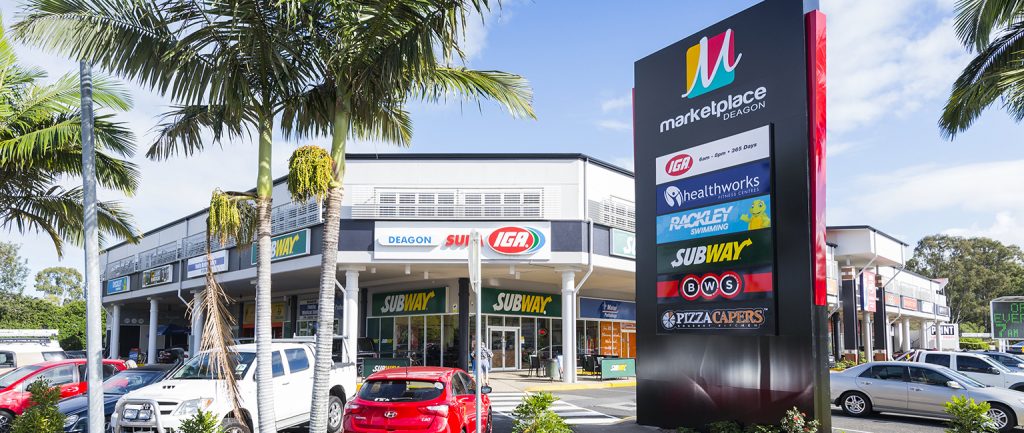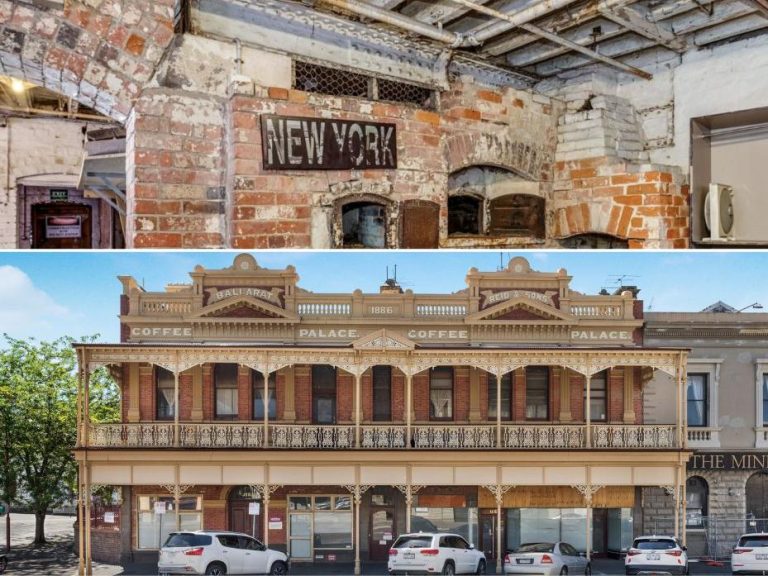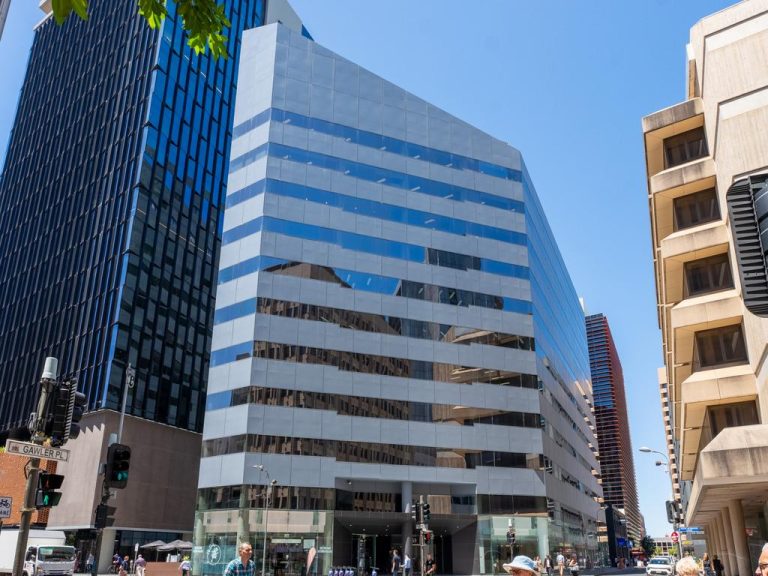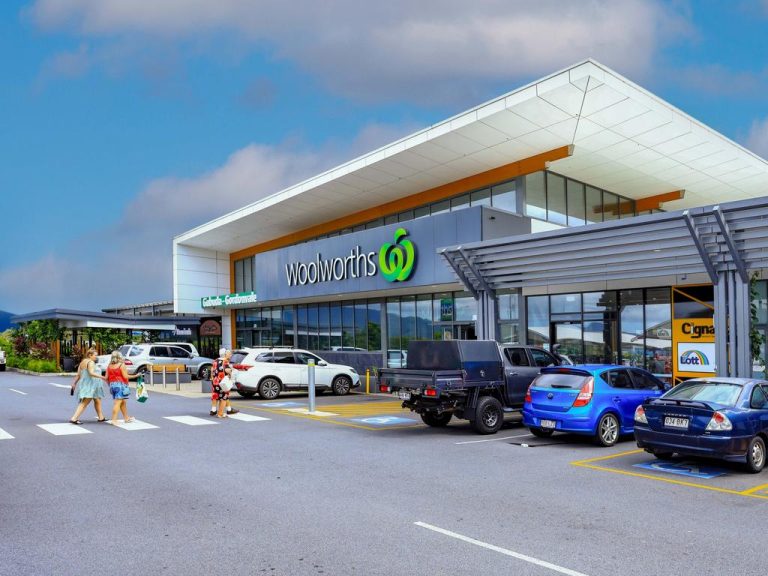Retail landlords fear surge in competition

Shopping centre managers have expressed concern about rising competition, the threat of online retailing and higher fuel prices, but have been buoyed by interest from international retailers.
The retail landlords are worried the wild fluctuations in fuel prices over recent months could hit sales in their centres. The economic outlook is also a concern for the managers, according to JLL’s national survey of 109 shopping centres.
But managers are upbeat about improvements to their tenancy profiles, rising growth expectations and planned refurbishment activity.
Commercial Insights: Subscribe to receive the latest news and updates
“The key strategy for many centre managers is to provide a strong food retailing mix. While overall tenant inquiry remains subdued, inquiry from fresh food and food catering tenants is buoyant,” says JLL head of property and asset management, Australia, Richard Fennell.
“Not only is this where inquiry is relatively strong, a quality food offering, including cafes, gives customers a reason to linger longer in centres,” he says.
JLL retail figures are showing positive signs of vacancy improving for both subregional and neighbourhood centres. Neighbourhood centre vacancies improved from 3.7% in June 2016 to 2.6% in December, well below the long-term average of 4.6%. Subregional vacancies improved from 3.5% to 3%, and remain above the long-term average of 2.2%.
The level of new supply for neighbourhood, subregional and regional shopping centres across Australia’s major capital cities is expected to peak in 2017
“With strong competition from new centres impacting some centres across the JLL portfolio, the reduced vacancy rate reported across neighbourhood and subregional centres was a positive outcome,” Fennel says.
Speciality fashion was identified as a most challenging sector, particularly in larger subregional centres where apparel has traditionally been a significant category. The decline of this sector has been partially offset by a stronger focus on non-retail services such as medical centres, financial services and travel agencies.
The supply peak for shopping centres this year could further heighten competition.
“The level of new supply for neighbourhood, subregional and regional shopping centres across Australia’s major capital cities is expected to peak in 2017,” JLL director, strategic consulting, David Snoswell, says.
Completions in 2017 in the major capital city markets are forecast at 416,000sqm and this is expected to heighten competition in the retail sector.
The key strategy for many centre managers is to provide a strong food retailing mix
The battle for market share in the supermarket sector has also driven the supply of new centres, while growth in regional centres has in part been driven by expansion of global fast-fashion retailers such as H&M and Uniqlo.
A series of new fashion labels and designers are among the international retailers looking to set up shop or expand in Australia. International brands are also eyeing an influx of tourists. Chinese visitor spending boosted the economy by $39.1 billion last year, up 7% from the year before.
“Australia is a very safe economy in the Asia-Pacific, both economically and politically — retailers have confidence to invest in Australia both over the short and the long term,” CBRE head of Victorian retail leasing Zelman Ainsworth says.
– with Elizabeth Redman
This article originally appeared on www.theaustralian.com.au/property.







